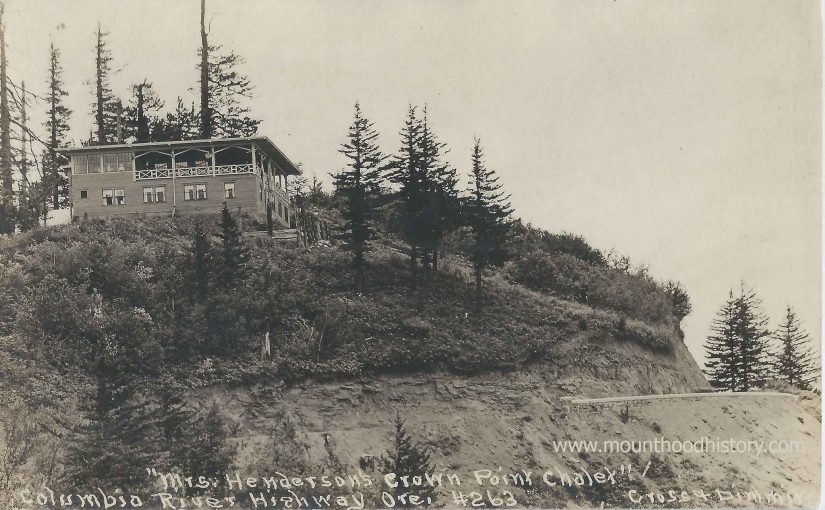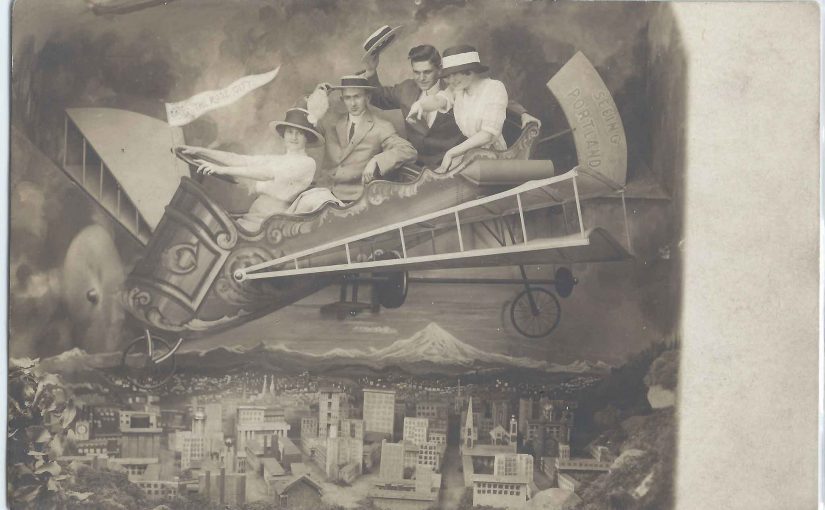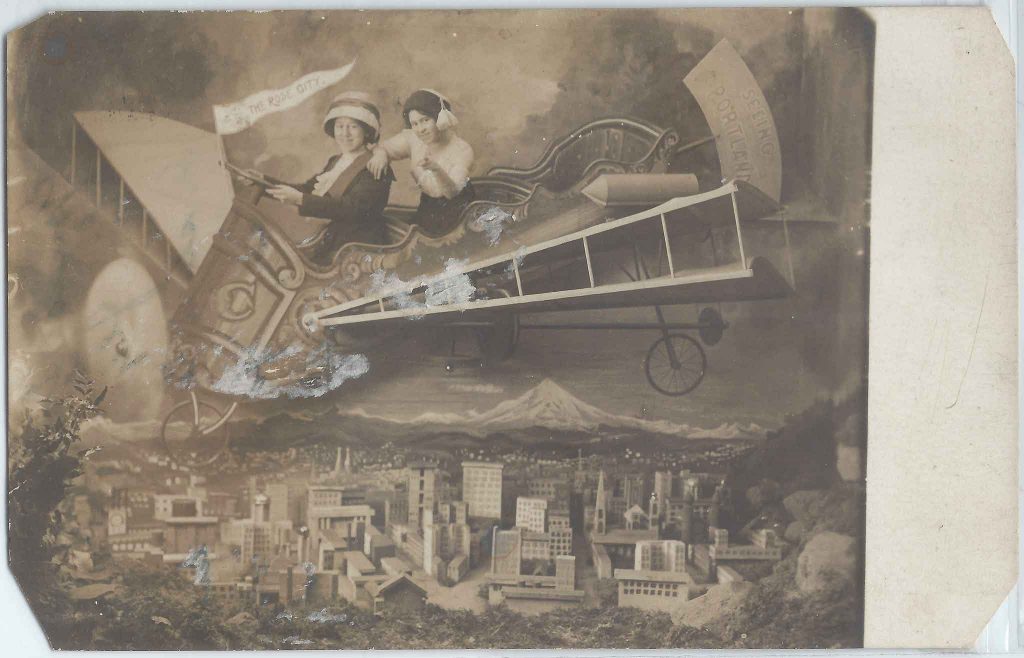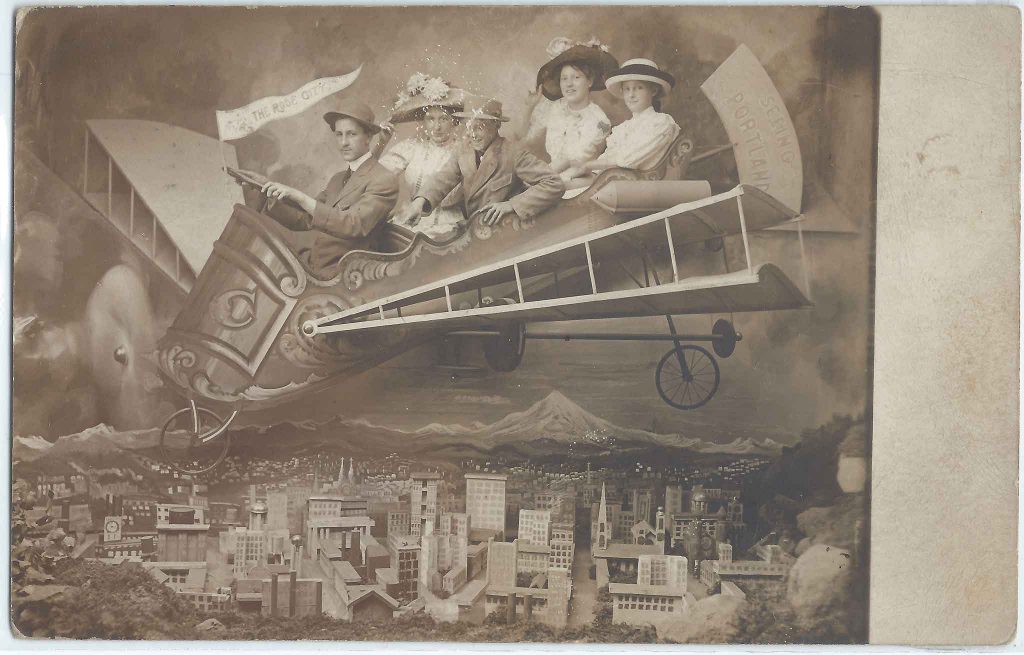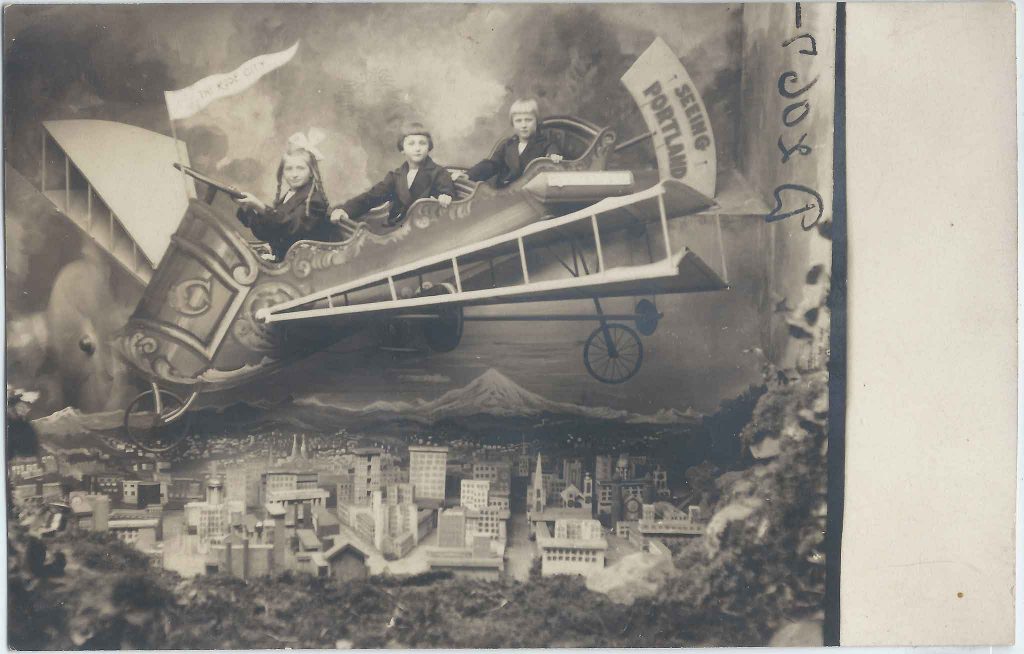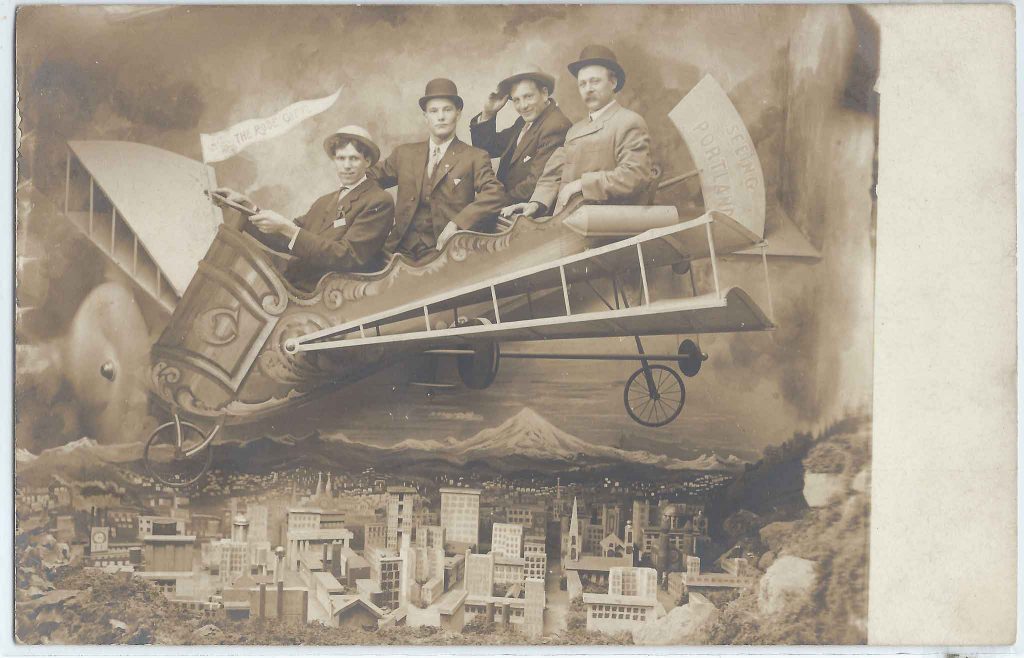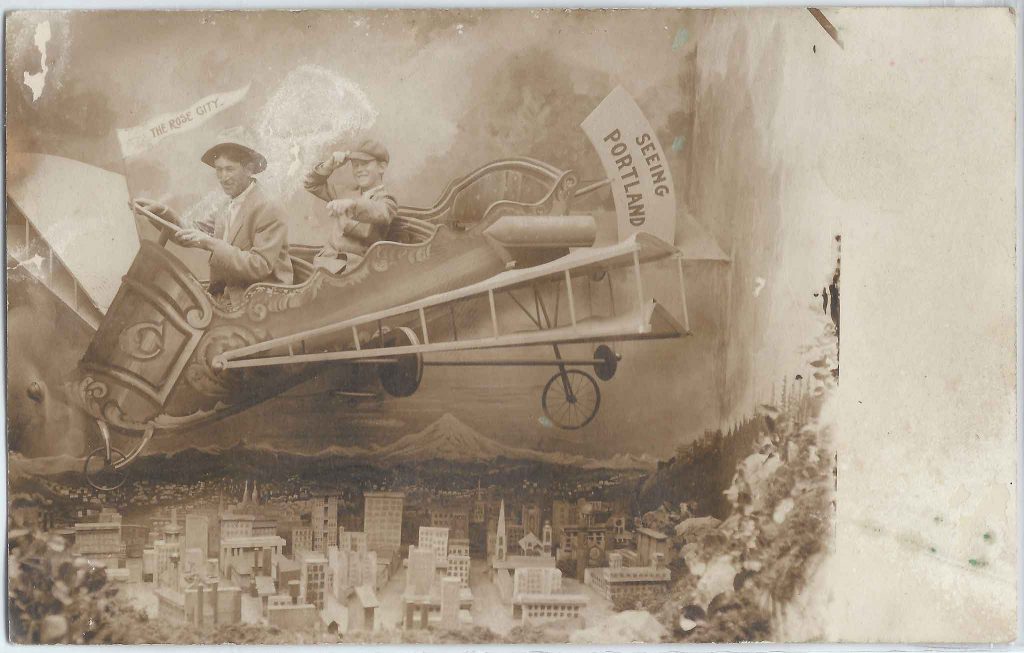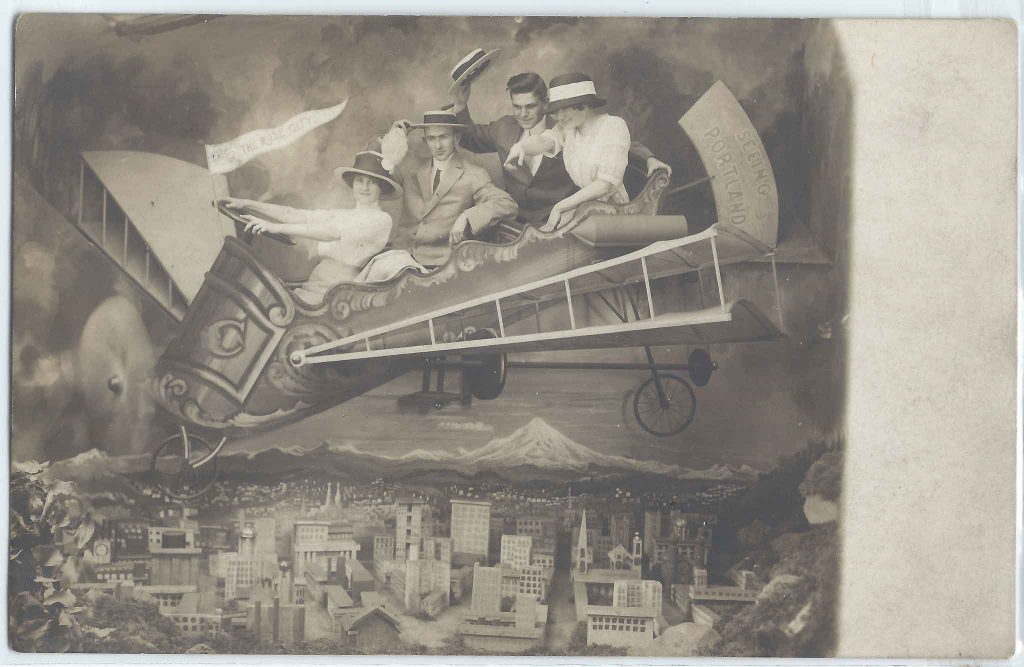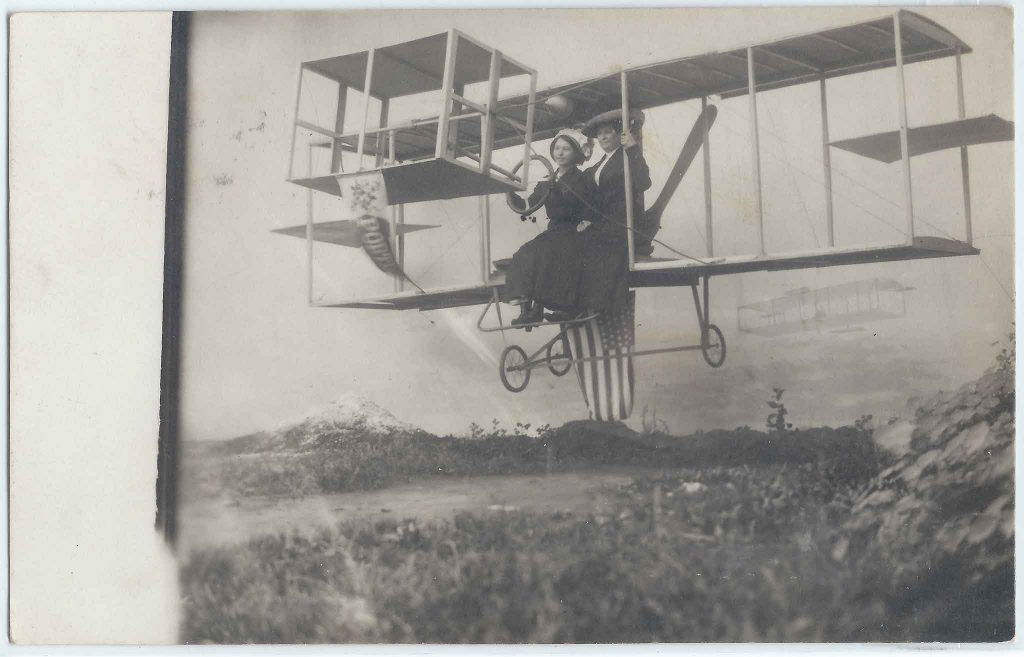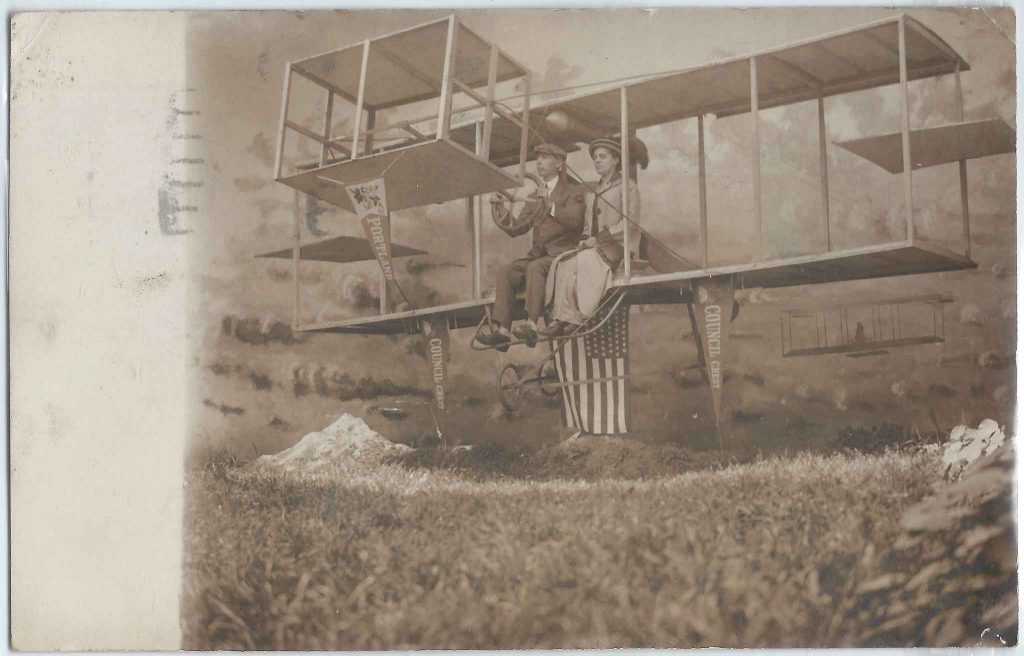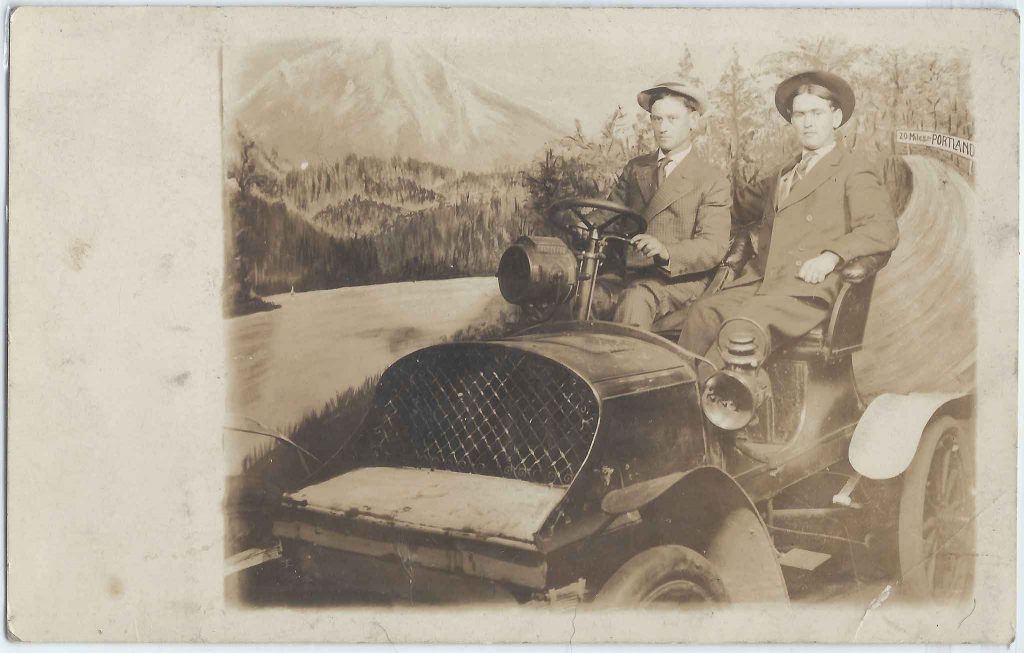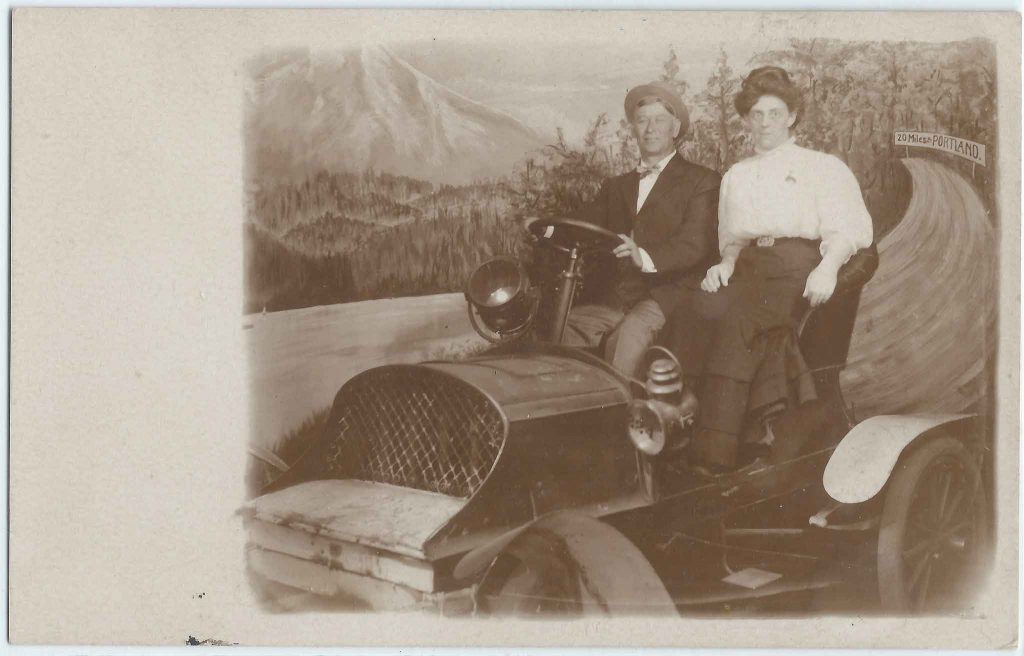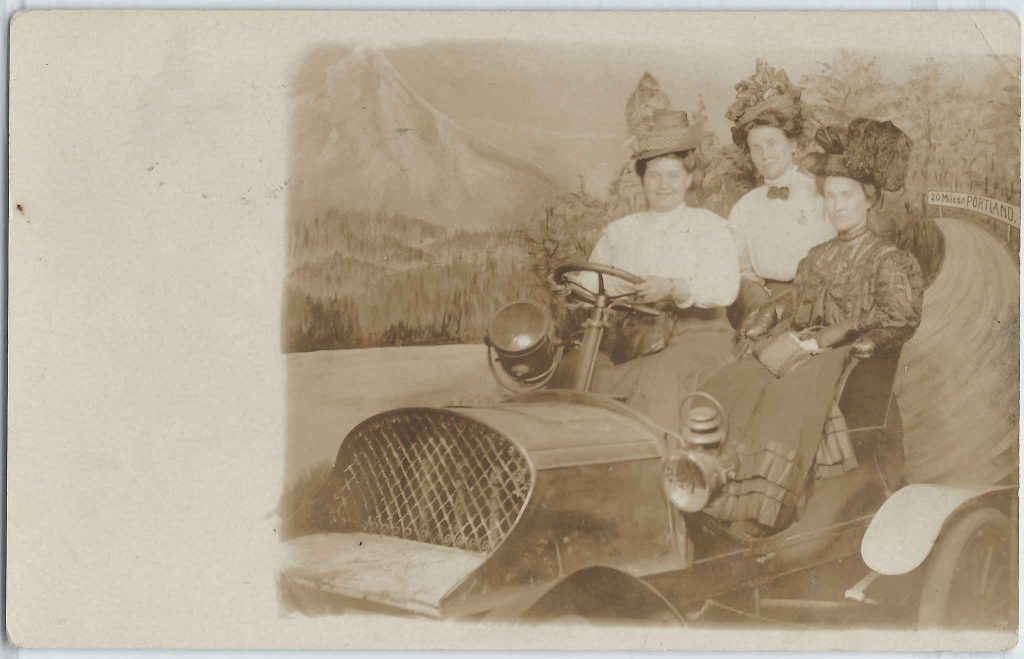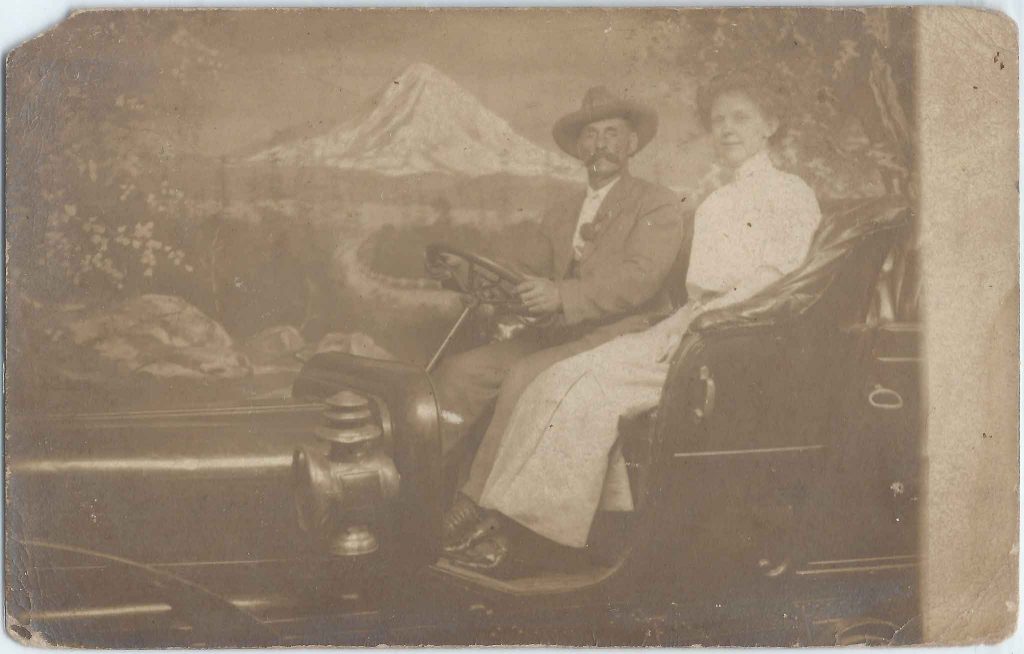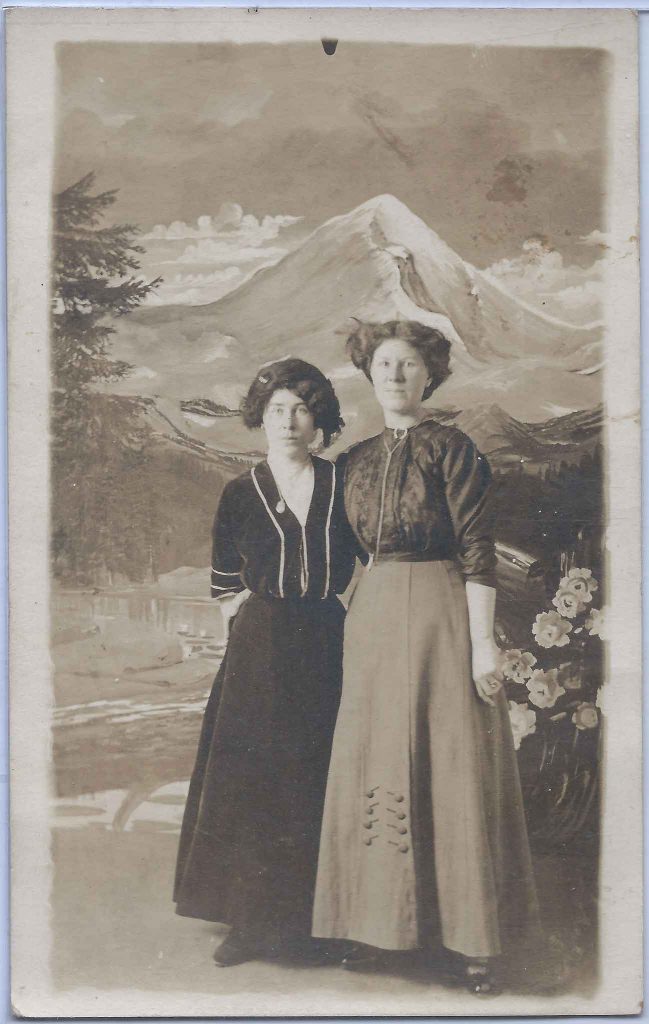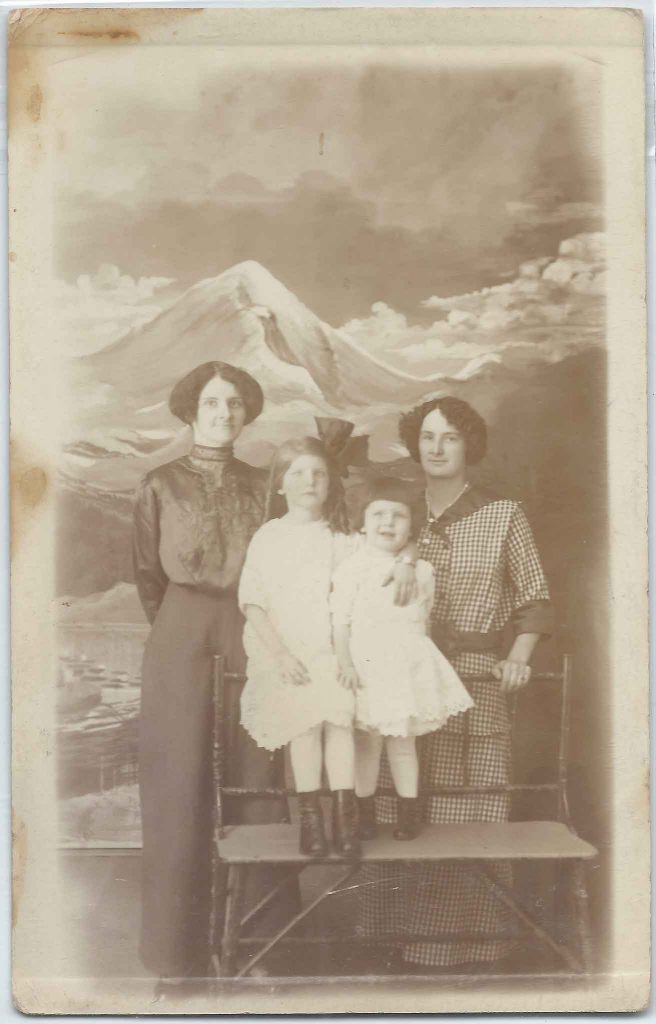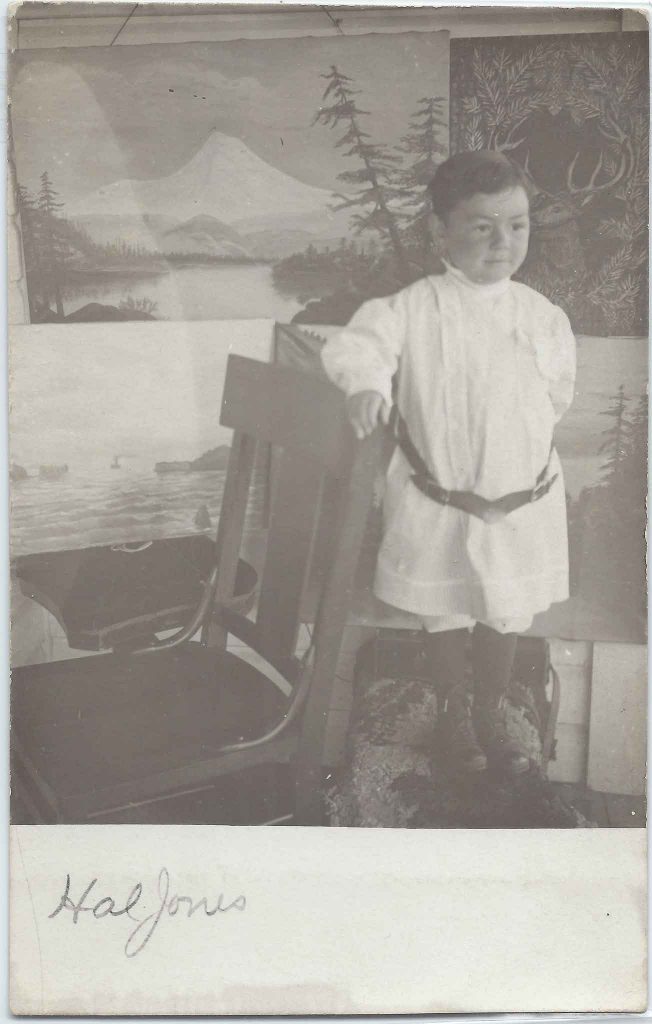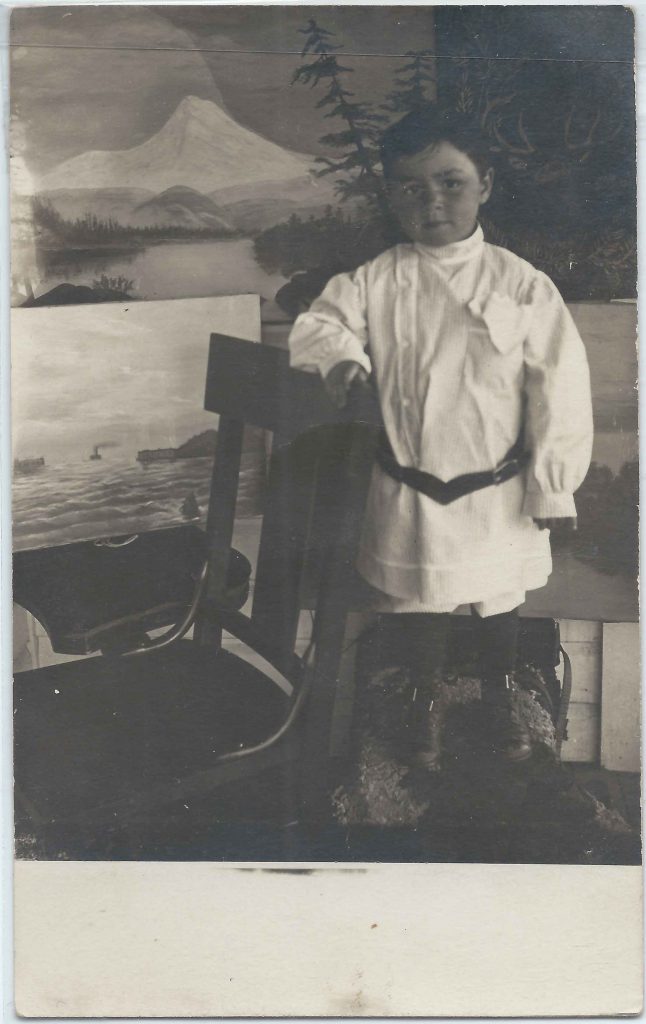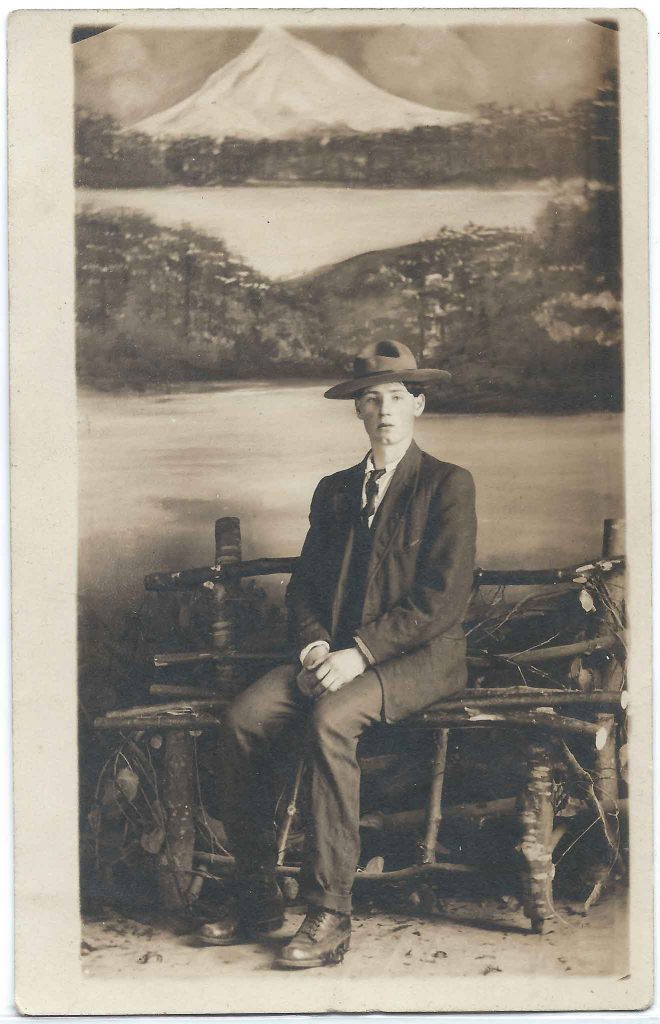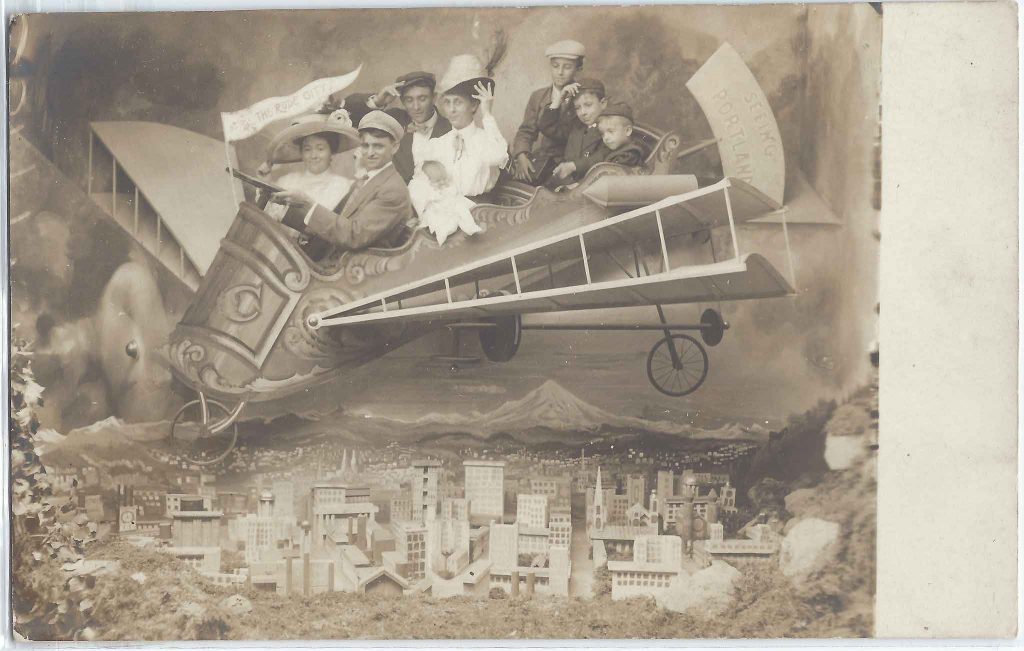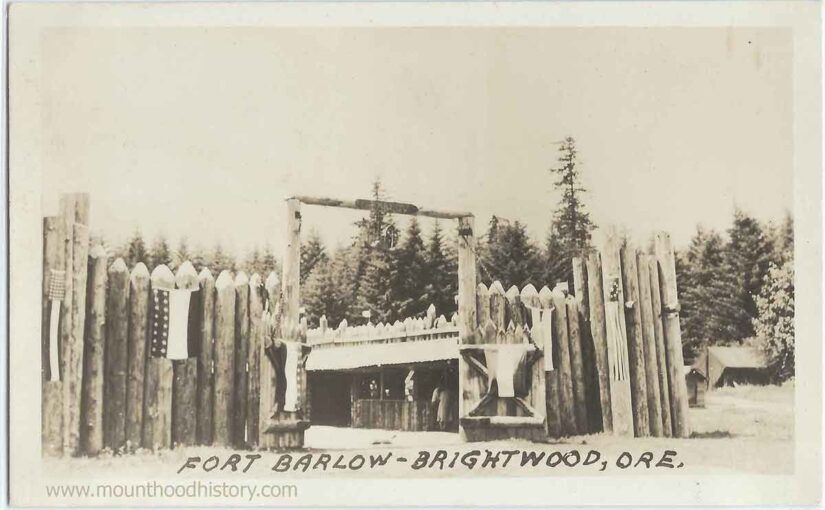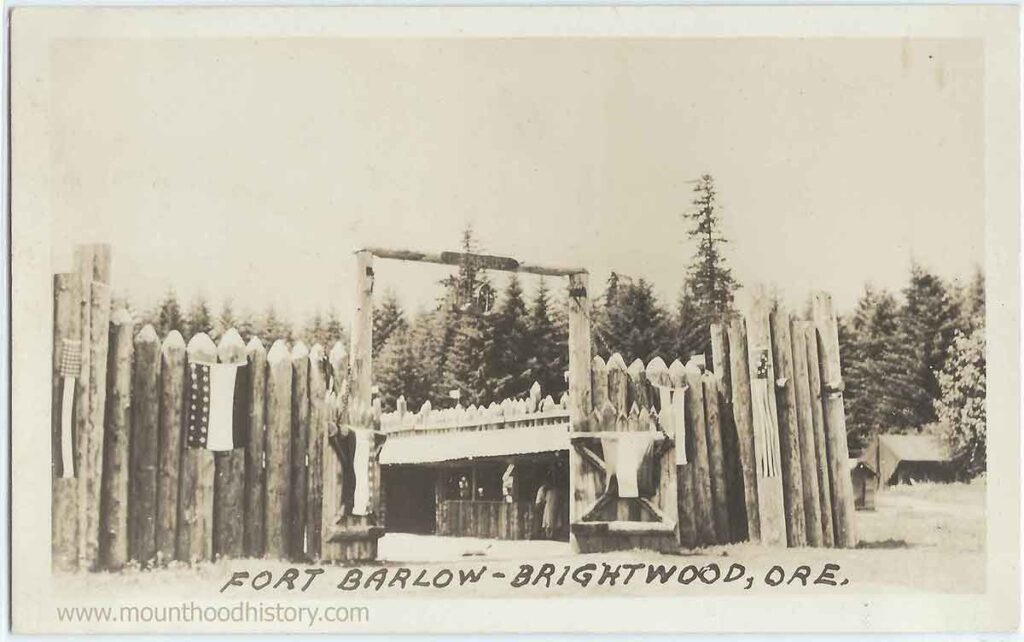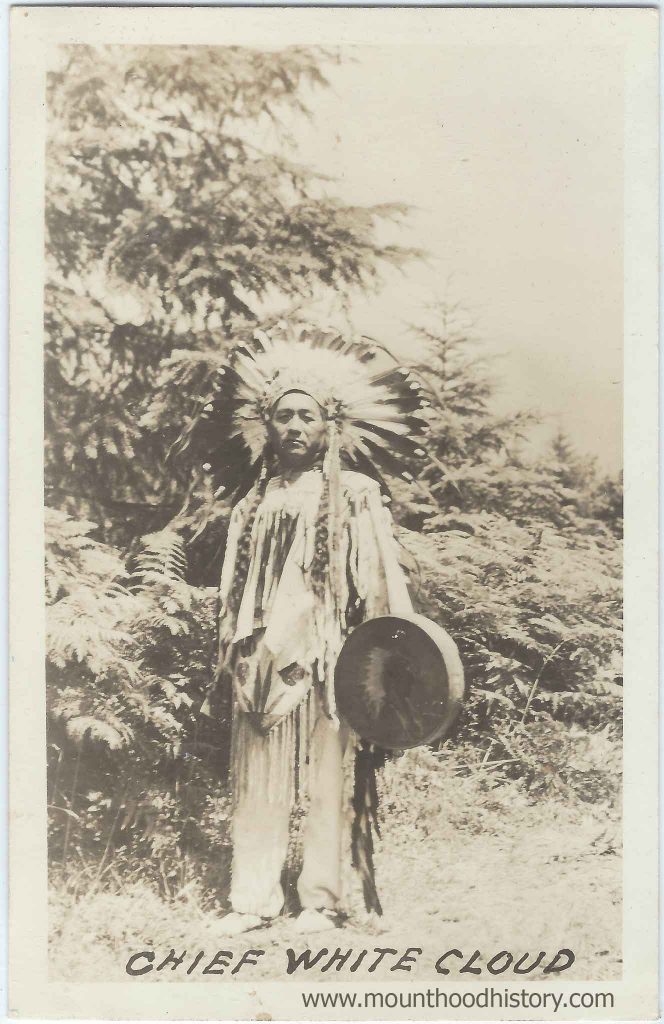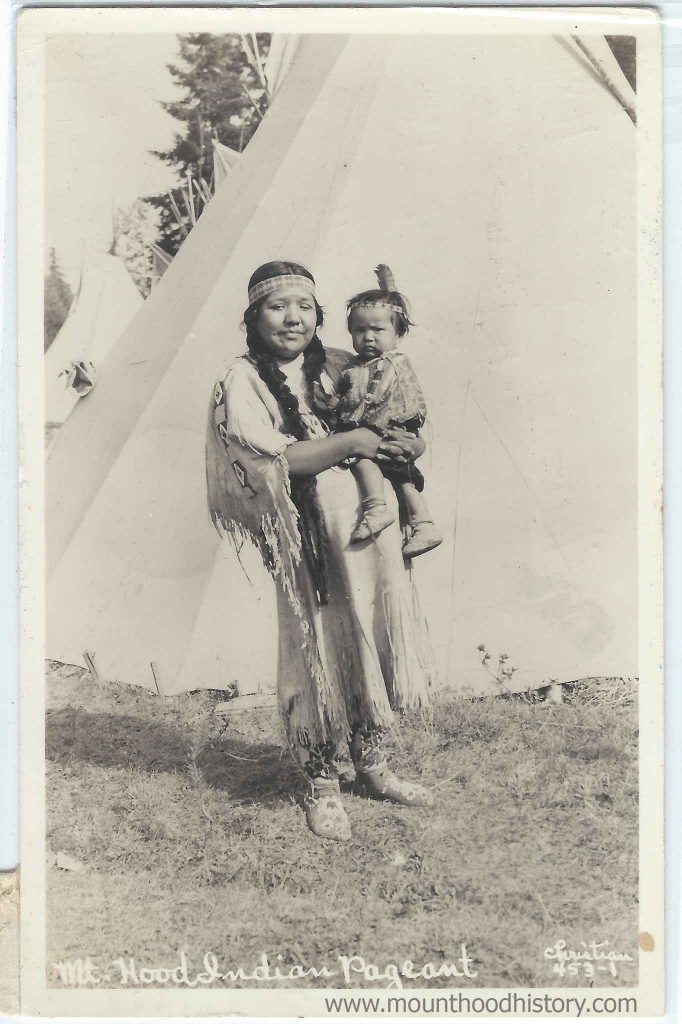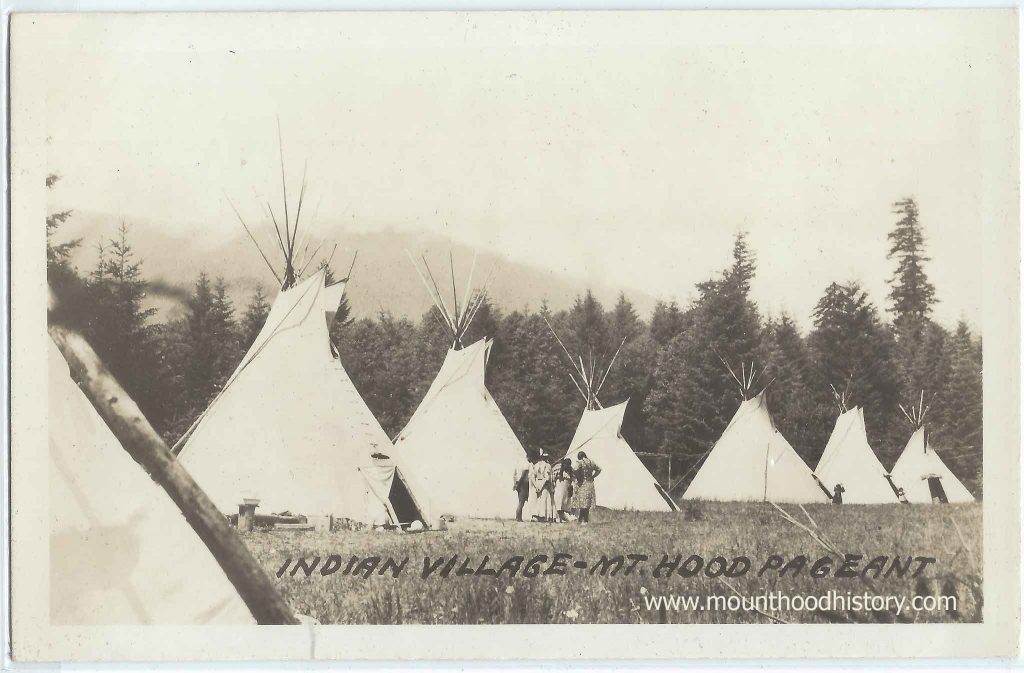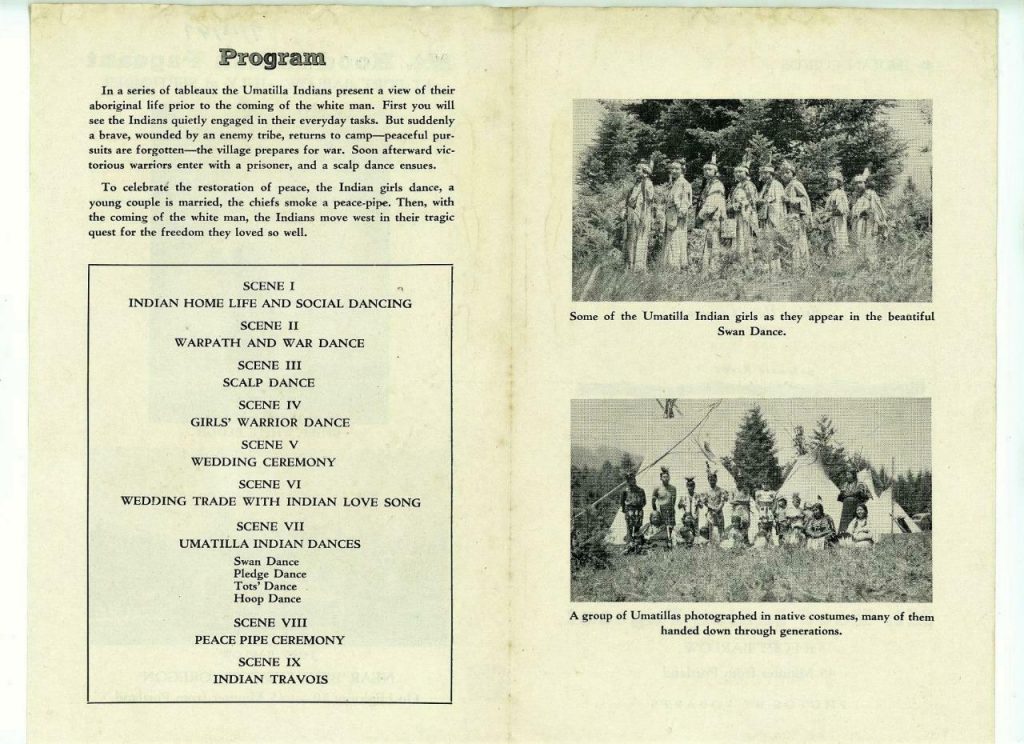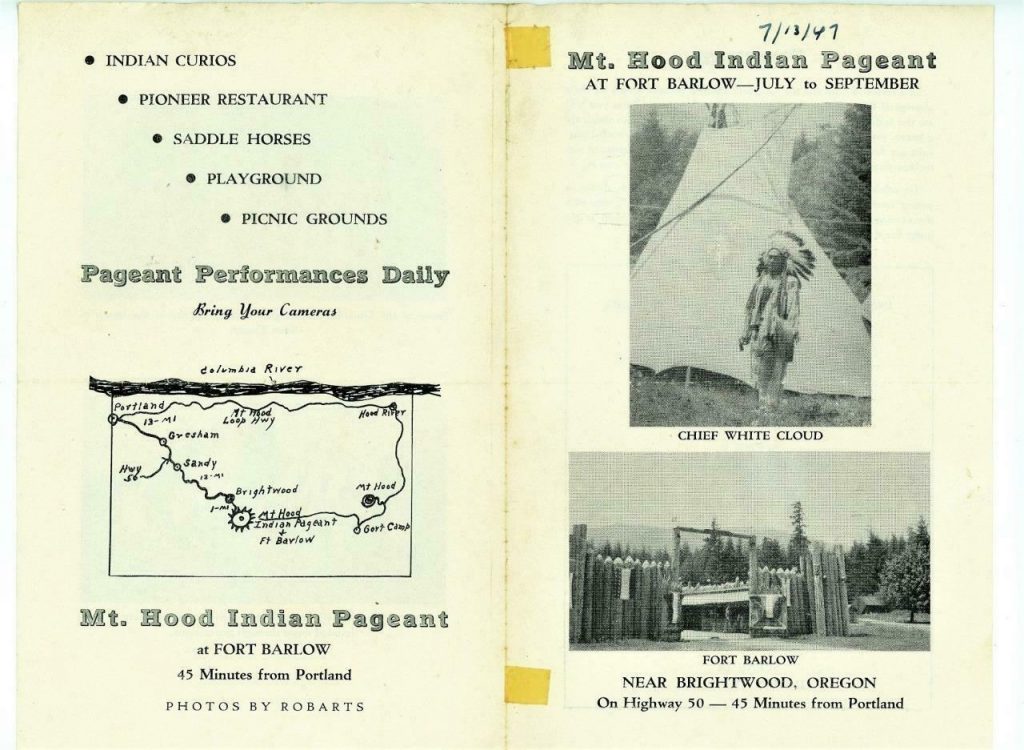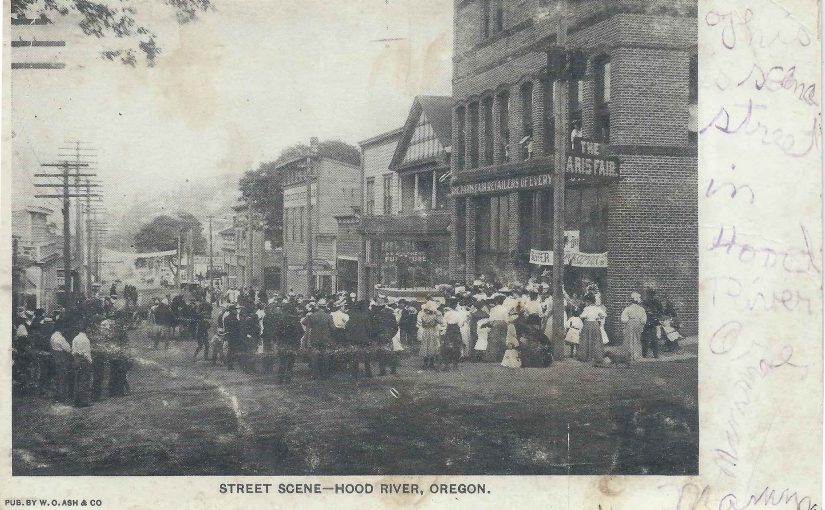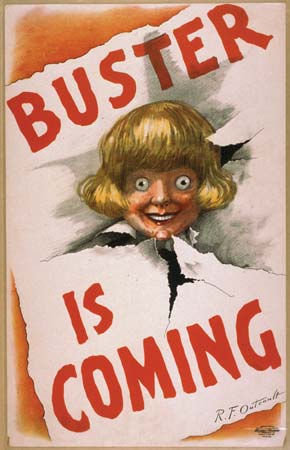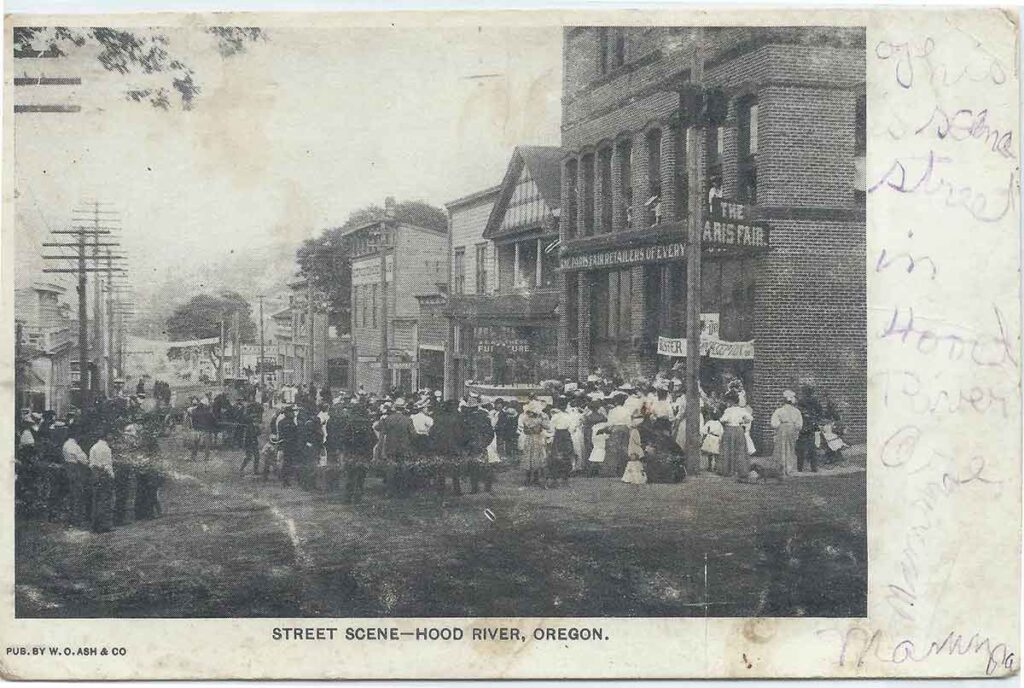Mrs M.E. Henderson’s Crown Point Chalet
The Crown Point Chalet was one of the premier roadhouses along the Historic Columbia River Highway back in the day. And the indefatigable Mrs M. E. Henderson was a key player in the early days of hospitality along the old road.
In 1912 a Mr. & Mrs. A.R. Morgan built the Chanticleer Inn on a promontory just east of Corbett, with an incredible view to the east of the scenic Columbia River Gorge, the Chanticleer Inn became a popular destination for Portland’s affluent on their forays into the scenic Columbia River Gorge. Managed by Mrs. M. E. (Margaret) “Bidy” Henderson the inn became known for its hospitality and its delicious meals. By the following year the new Columbia River Highway was being pushed through the Gorge. Mrs. Henderson left the Chanticleer Inn to start her own venture at Latourell Falls. She named it The Falls Chalet. She enjoyed great success at this beautiful road house with a spectacular view of the falls, but within a year it was destroyed by a fire.
Leaving Latourell and returning to the vicinity of the Chanticleer Inn she acquired a site on a promontory of land that would soon be the site of the Vista House, and a very popular stopping point for automobile tourists. It was here she decided to build The Crown Point Chalet.
The Inn had a commanding view situated above and to the south of Crown Point.
The Crown Point Chalet opened for business in May of 1915. For over ten years Margaret enjoyed great success. But with the Depression looming and Mrs. Henderson’s health fading she sold the Chalet in 1927. Moving to Portland she started a very small dining room on Alder St. The Depression was the final blow and she went bankrupt. Her health worsened and in April of 1930 she passed away at the age of 58. Mrs. Henderson contributed greatly in the promotion and the successful completion of the Columbia River Highway.
The old lodge fell into disrepair and was demolished sometime in the early 1950’s.

The Crown Point Chalet 
The Crown Point Chalet 
The Chanticleer Inn 
The Chanticleer Inn 
The Chanticleer Inn 
The Falls Chalet at Latourell 
The Crown Point Chalet

